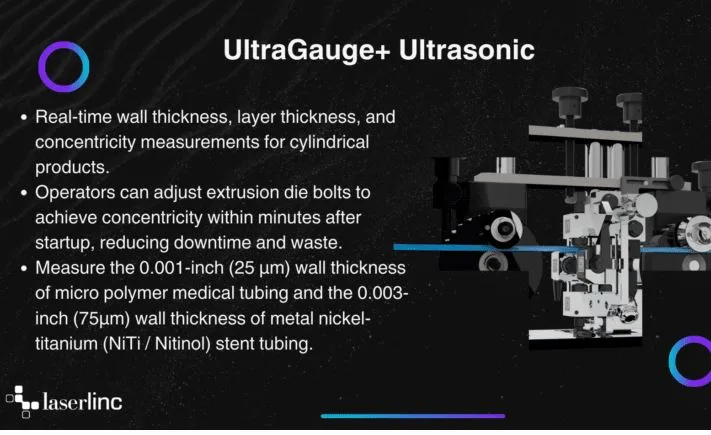What Happens After You Join a Class Action and the Checks Go Out
Joining a class action lawsuit feels like justice is finally within reach. You’re part of something bigger, part of a collective decision that says the company did wrong. Then you wait. Months pass. Years sometimes. And suddenly an envelope shows up with a check inside. But that number? It almost never matches what you imagined when you first signed up.
The truth is that settling a class action isn’t just about paying people back. It’s a complex machine that involves lawyers taking cuts, claims administrators running verification processes, unclaimed funds getting redistributed, and about a hundred other variables that most claimants never see. Understanding what happens behind that courtroom victory reveals how settlements actually work in the real world, where fairness runs into bureaucracy.
The settlement process moves through distinct phases, each one determining whether you get your full share or whether administrative details quietly eat into what you thought you’d receive. Understanding what is a class action lawsuit in practical terms—how it’s structured, managed, and finalized—helps make sense of those steps. Knowing these phases helps you navigate them smarter and sets realistic expectations for what actually lands in your account when the class action finally pays out.
The Payout Pool Gets Built
When a settlement is approved by the court, it’s just one number on paper. That total gets divided into specific pieces, and the math matters way more than most people realize. Legal fees come off the top first, usually somewhere between 25 and 33 percent of the settlement, though it varies depending on the complexity and how hard the lawyers had to fight.
Behind the legal fees, there’s the administrator’s cut. These companies handle everything from processing claims to mailing checks to managing unclaimed funds. Their fees typically run between 5 and 10 percent of the remaining amount. Then there are notice and publication costs, court fees, and expert witness expenses that were part of litigating the case. All of this comes out before a single class member sees a penny.
What’s left is the claims fund, and that’s what actually gets distributed to people who file valid claims. On a settlement of say, 10 million dollars, by the time lawyers, administrators, and expenses take their shares, you might be looking at 5 to 6 million actually going to class members. That’s not fraud; it’s just how the system works. And understanding that math helps you set expectations before checks arrive.
The Verification Gauntlet
Here’s where a lot of claims die quietly. Once the settlement is approved and people start filing claims, the administrator has to verify every single one. Did you actually buy the product? Do you have proof of purchase? Did you meet the claim deadline? Are you even eligible based on where you lived or what you purchased?
Missing documentation is the silent killer. You might have been part of the class, but if you can’t prove you bought the thing the lawsuit was about, your claim gets denied. Deadlines are equally brutal. The court sets a specific cutoff date for claims, and if your paperwork arrives even one day late, it typically gets rejected. The administrator isn’t being cruel; they’re following court orders. But the result is the same: no payout for you.
The verification process is also where administrators catch fraud attempts and duplicate claims. People sometimes try to claim multiple times under different names or forge receipts. The good news is that legitimate claims with solid documentation almost always get approved. The bad news is that sloppy paperwork, even when honest, gets denied just as quickly. This is where reading instructions carefully and submitting everything the administrator requests actually protects your money.
When the Checks Arrive and Why Some Don’t
After claims get verified and approved, the administrator starts issuing checks. But this isn’t a single payday. Payments roll out in waves, sometimes over months, as batches of claims get processed and mailed. If you’ve filed a valid claim with proper documentation, you’re usually looking at getting your check somewhere between 3 to 6 months after the claim deadline closes.
Then there’s the reissue problem. Some checks get lost in the mail, some people move and don’t get the forwarded envelope, some just plain get thrown away by accident. The administrator typically holds unclaimed funds for a set period, and if checks aren’t cashed, those funds have to go somewhere. That’s where cy pres awards come in, a legal mechanism that directs leftover money to charities or nonprofits related to the lawsuit’s subject matter.
The timing can feel random to claimants, but it’s actually governed by court orders and settlement agreements. Administrators are required to make good-faith efforts to locate claimants, and they usually will reissue checks if you reach out and prove you never received yours. But you have to be proactive. Sitting around waiting never gets you paid. A quick call or email to the claims administrator, along with your claim number, usually gets a replacement check moving your way fast.
Understanding Your Actual Share
Your individual payout depends on several factors that the court and settlement agreement define upfront. Some class actions use an equal-distribution model where everyone gets roughly the same amount regardless of their specific losses. Others use a pro-rata system where payouts are weighted by the actual damage each person suffered, making bigger claimants get more money.
The settlement agreement lays out exactly how the calculation works, but most people never read it. You can find it in the settlement notice you receive or by checking the claims website. Understanding whether your share is equal or pro-rata tells you whether you’re getting the same amount as everyone else or whether your specific circumstances determine your payout amount. It’s not complicated once you know where to look.
Individual payouts also vary based on the total number of valid claims received. The administrator calculates this before issuing checks. If way more people claim than expected, individual shares shrink. If fewer claim, individual shares grow. This is why timing matters for filing, and why it’s worth the effort to gather your documentation and get your claim in before the deadline. Every valid claim affects what everyone else receives.
Conclusion
A class action settlement is less like a single payday and more like a coordinated process involving hundreds of decisions and moving pieces. The checks that actually arrive represent what’s left after legal fees, administrative costs, and verification filters do their work. That’s not unfair; that’s just the reality of how collective justice functions in practice.
Knowing where your portion fits in that larger picture transforms the whole experience from confusing to manageable. You understand why the check you receive isn’t the full settlement amount, why timing and documentation matter, and why some claims get approved while others don’t. That knowledge removes the mystery and helps you navigate the process with realistic expectations.
If you’ve got a claim pending or a check on the way, focus on the things you can control: file on time, submit complete documentation, and keep records of everything. The system works, but it rewards people who show up prepared and stay engaged until their check actually clears.





